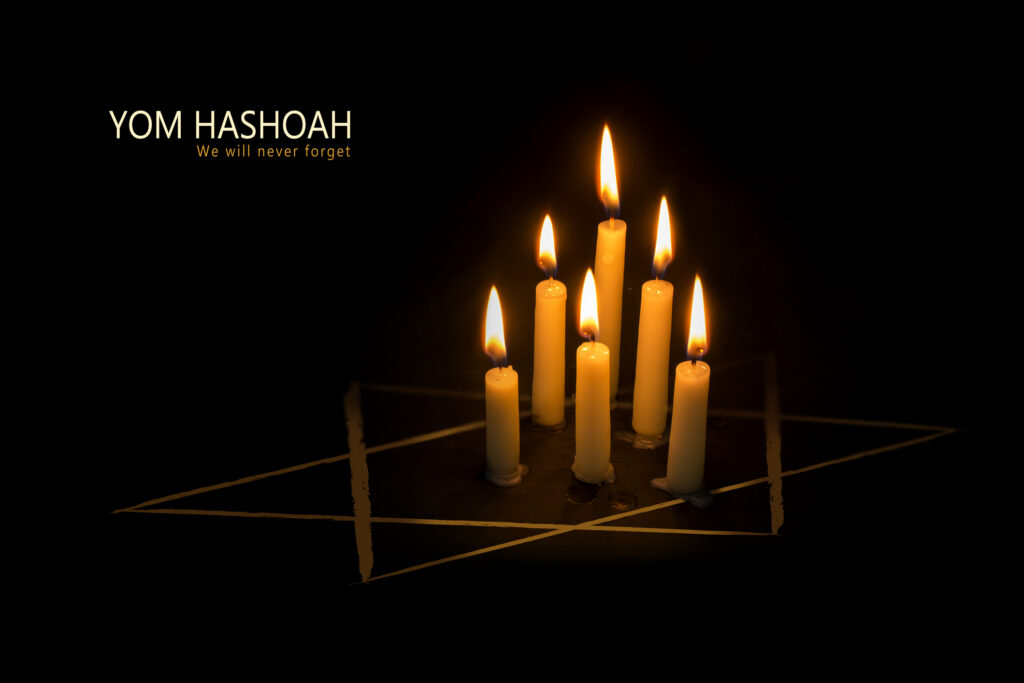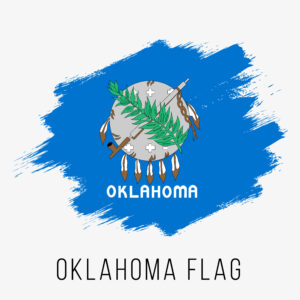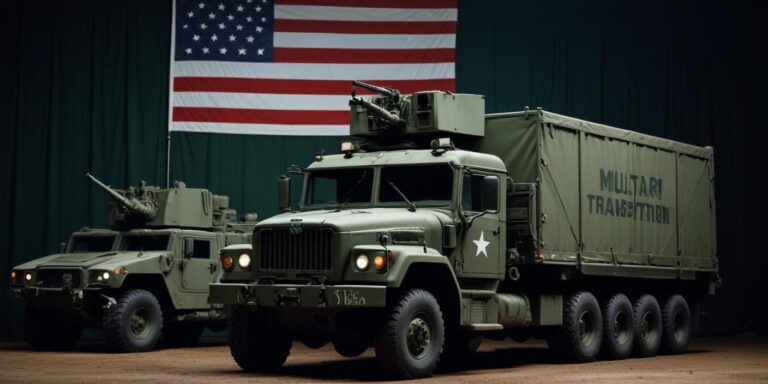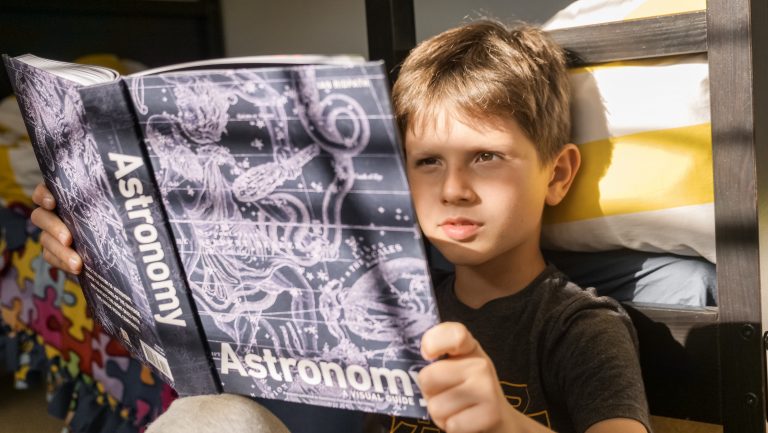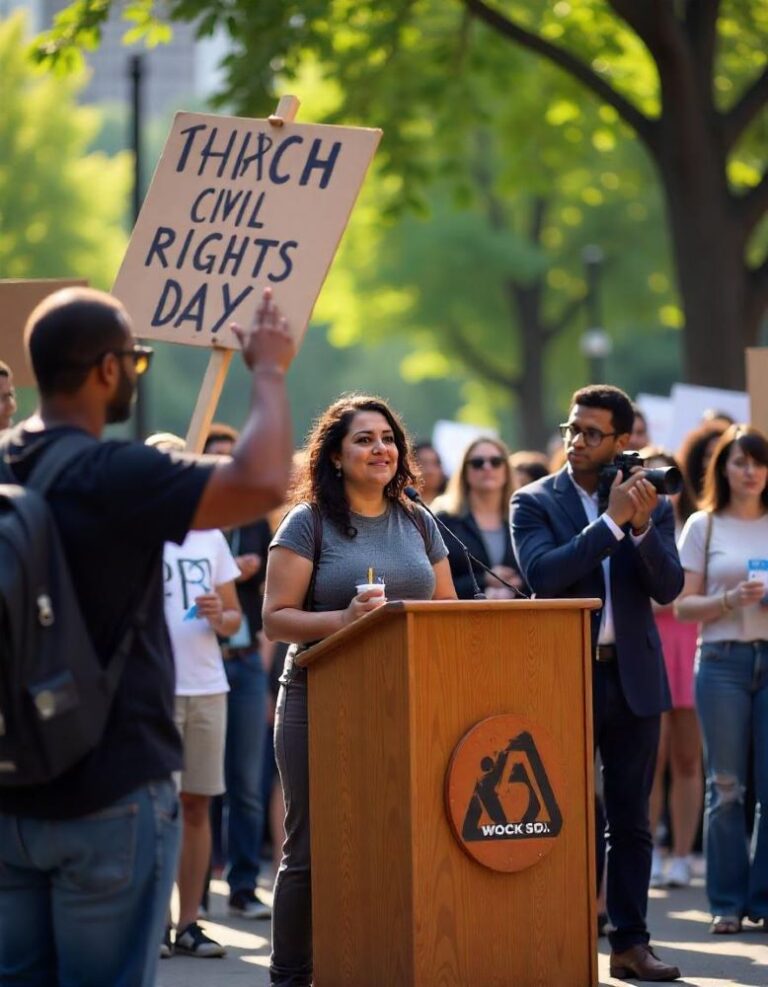This holiday honors the struggles of the Jewish victims of the Holocaust, a mass genocide of the Jewish people that took place between 1933 and 1945 by the Nazis during the party’s World War II efforts. While it is considered a Jewish holiday, being a national holiday in Israel, even those who are not of Jewish ancestry take part in the holiday, especially since the war was an international conflict.
It takes place on the Jewish month of Nisan’s 27th day, which ranges from April to May. It is also referred to as Holocaust Remembrance Day. Events include Jewish cultural festivities and ceremonies in remembrance of the estimated 6 million Jews who died during the catastrophe. It was established in Israel in 1953 but is observed all over the world.
Traditions include:
- Lighting candles
- Reading from the Torah
- Memorial services
- Religious services – The Liturgies for this holiday feature poetry recitations, candle lightings, and elements of mourning.
- Commemoration programs
- Vigils
In Warsaw Ghetto Square, Israel puts on a ceremony during which the Prime Minister and other officials give speeches and six torches are symbolically lit for the 6 million victims. The ceremony also includes prayer services. The Israel flag is flown at half-mast and modes of entertainment are closed in name of the holiday’s solemn nature.
Internationally, many observe the holiday in the synagogue or by attending educational and social programs. The March of the Living is a procession held at, Auschwitz one of the Nazi’s main concentration camps, inspired by the death marches required of the Jews by their captors.
The Holocaust was a state-sponsored mass murder of the Jewish people by the Nazis, led by Adolph Hitler. More than 60% of the Jews in Europe were killed, some escaping to North American or other havens. The Holocaust technically refers to the genocide of the Jews, but the Nazis placed Romani, homosexuals, and disabled people in the camps as well. The persecuted were kept in crowded, dirty ghettos before the Nazis brought them to concentration camps, the purpose of which was to exterminate the Jews in large numbers via gas chambers or other killing methods. Prisoners were also forced into labor and medical experiments—as subjects. These camps were the first mass-murder institutions of their kind, as genocides typically are not so organized and systematic. Camps existed in Auschwitz, Chelmno, Treblinka, Sobibor, Maly Trostenets, Majdanek, Jasenovac, and Belzec. Many deaths resulted from the camps’ harsh conditions, including disease and starvation.
The Jews resisted with passive methods, such as evasion. Houses hiding Jews built elaborate hidden rooms that could fit multiple families. Those caught harboring Jews could be sent to the concentration camps as well. A famous escapee, Jacob Grojanowski, escaped to the Warsaw ghetto and relayed valuable information concerning the concentration camps, called the Grojanowski report, which was smuggled to London.
Majdanek was the first camp to be liberated, found by the Soviets in July of 1944, followed by Chelmno and Auschwitz. All except Treblinka, Sobibor, and Belzec were eventually liberated, as these were closed by the Nazis prior to this liberation period. The soldiers were horrified at the camps’ conditions, making any lingering S.S. guards bury any bodies left above ground.















